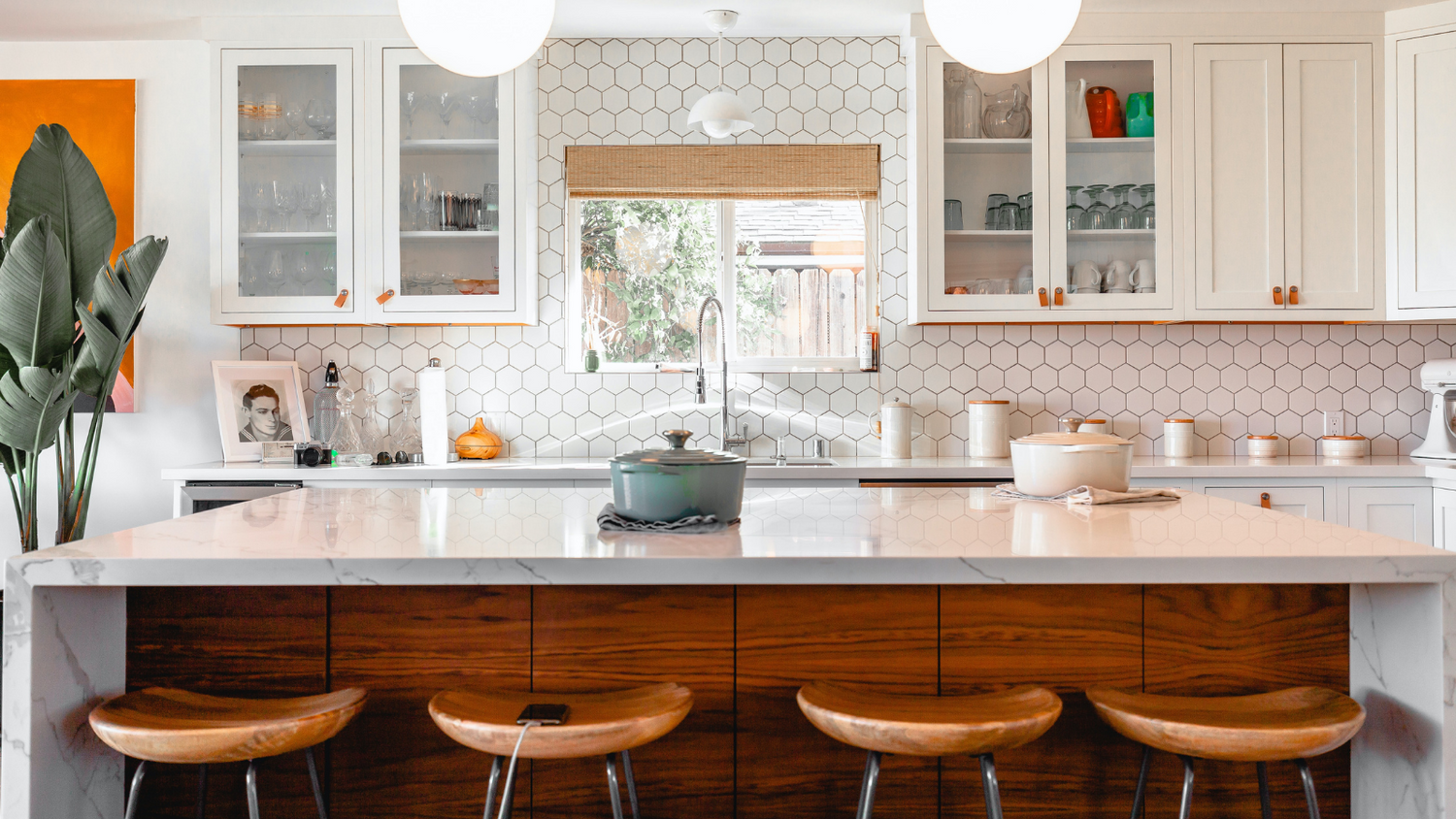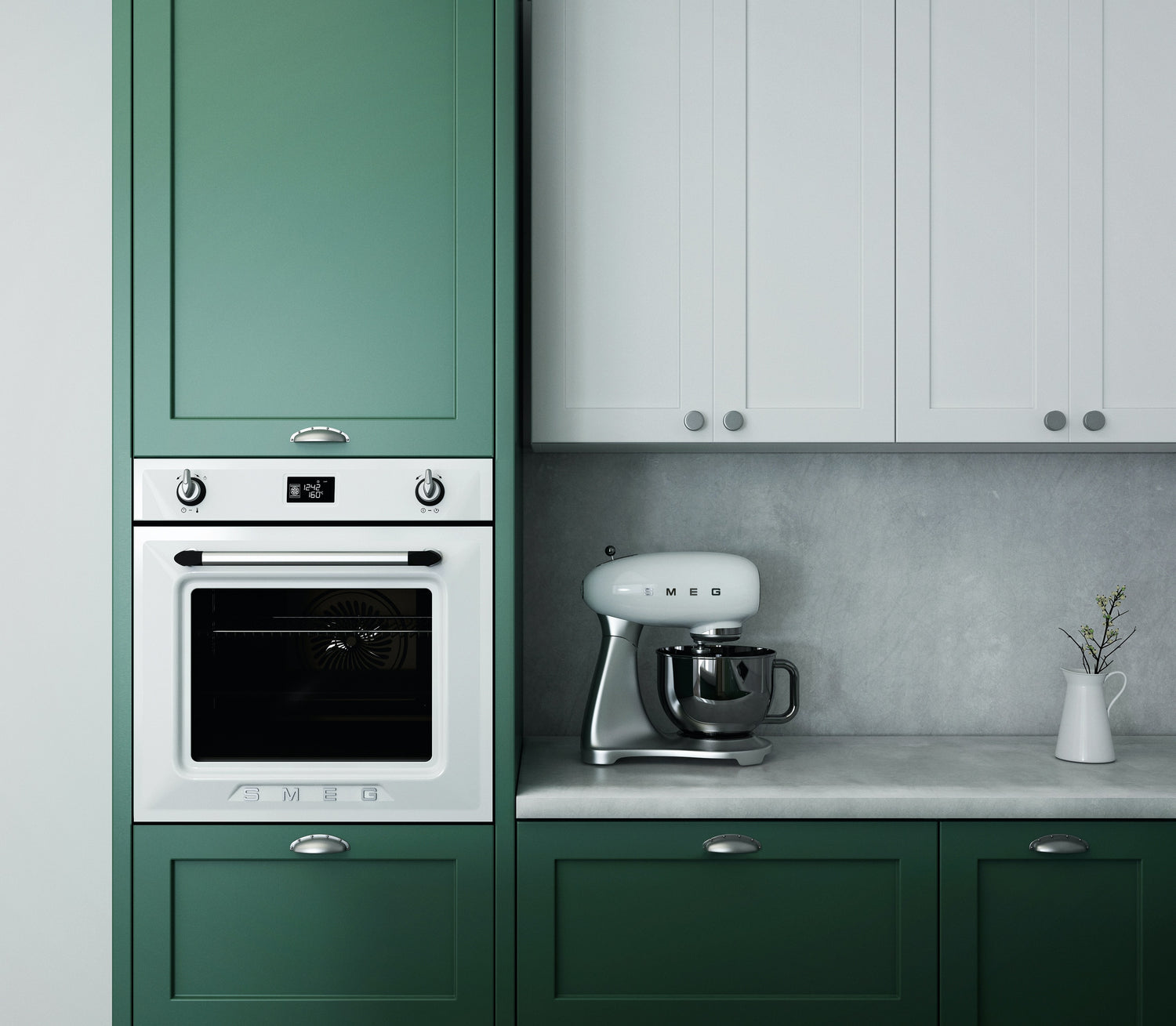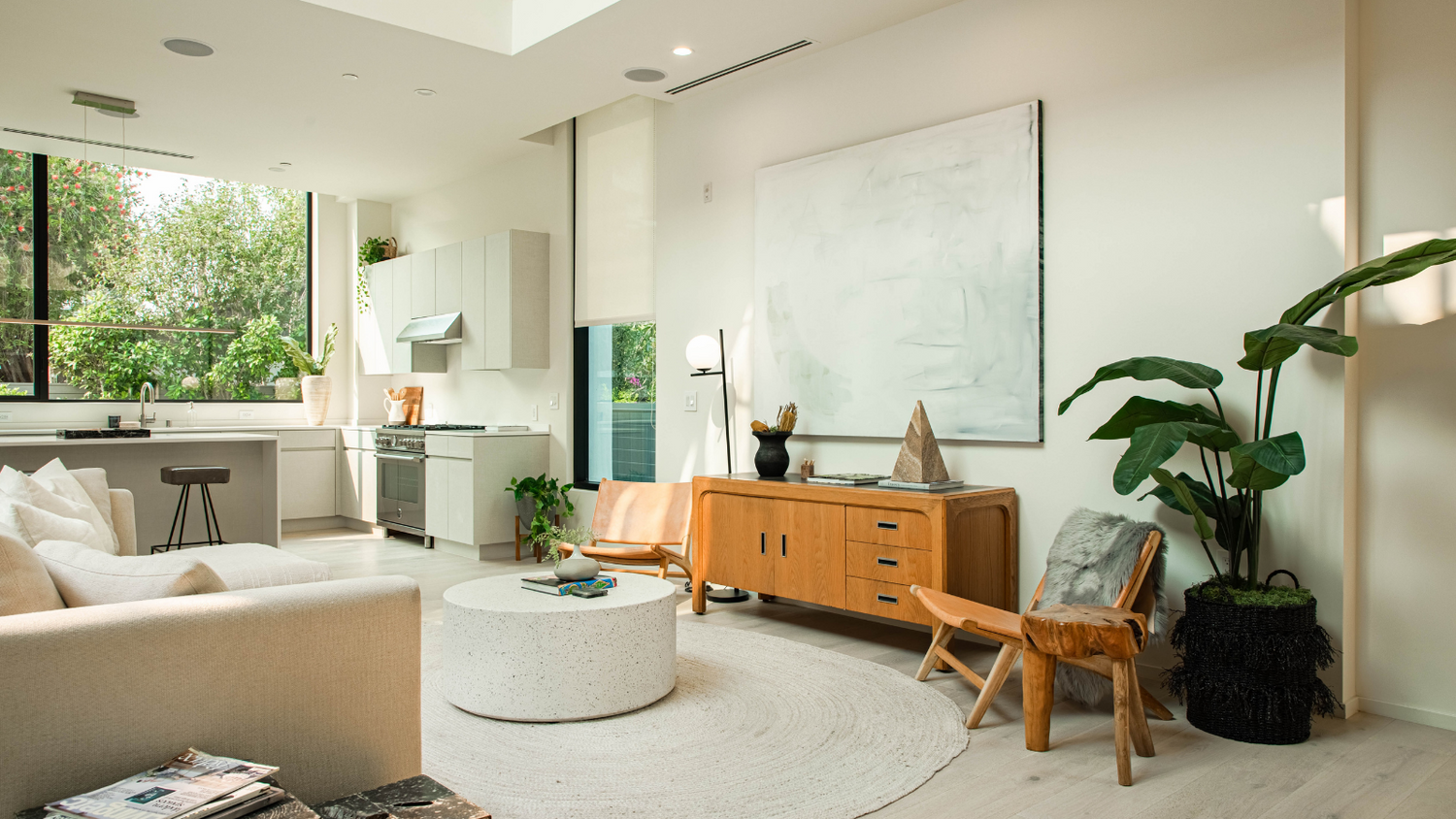
LED lights have made a big impact on energy efficiency. Dropping the energy usage of a ‘standard’ lamp from 40W to 4W makes a difference, especially when you apply it to every light in the home. However, we can still interact with our lights in a more efficient way. Most people don’t mean to be wasteful; the vast majority intend to switch off their lights when not they’re using them. Yet we still manage to forget every now and then. We tend to miss the lights we can’t see, so garden and outside lights are often left on all night. We also forget about lights in common areas when we’re busy; the family has finally settled in to the living room for the evening, but we’ve forgotten to switch off the kitchen and hallway lights. Everyone has done it.
What types of smart lights help with energy efficiency?
We can’t be expected to always remember, so Lightwave offers solutions to help us when we forget.
The Smart Dimmer replaces your existing light switch, using traditional wiring. This then gives you manual, dimmable control of the lights.
The Smart Socket replaces your existing double socket, using traditional wiring. This then gives you manual control of the socket.
The Link Plus simply needs power and an Ethernet connection to your internet router. This then allows you remote access and control of any Lightwave device from an internet connection. It also provides access to all the available Lightwave automations, which include schedules and timers, group switching, and IF-DO actions. It also allows you to voice operate the devices via Amazon Alexa, Google Assistant, and Apple HomeKit.
Why should you want to be energy efficient?
The evidence for the existence and impact of global warming is well established and our energy usage habits need to change. However, simply using ‘less’ energy is not the solution, becoming more ‘efficient’, is the way forward. We are much less likely to reduce our comfort and convenience levels in order to use less energy, but we would be much more inclined to become more energy efficient if the solution didn’t detract from our lifestyle. So the answer isn’t to sit in the dark, it’s to use a more efficient lightbulb in a more efficient way.
The drive to improve energy efficiency in recent years has shown signs of making a difference. Carbon Brief has highlighted that UK’s energy production per person peaked in 2007 and has declined back to the level of 1984 (5 megawatt hours per capita). The switch to energy efficient devices has cut our energy demand by 103 Terawatt hours.
Smart Lights also help to save you money
Having a more efficient lightbulb is a good start, but Lightwave can help you to play a bigger part.
- Any Lightwave device can be scheduled to turn off. So you can make sure that everything is off at midnight, just in case you missed something.
- You can schedule the outside lights to operate based on dusk/dawn times, so the lights that are rightly on in winter aren’t illuminating a summer’s day at 5 p.m. You can control your devices from anywhere you can access the internet, so if you left in a hurry, you can switch off the bathroom light when you’re sat on the bus.
- You can organise your devices so that they all switch off at the click of one button. Simply create a ‘Do’ automation in the app, select all the Smart Dimmers in the app to switch off and name the action. After that, every time you press ‘everything off’, exactly that will happen.
- Lightwave also offers the same functionality in it’s Smart Socket, so you can make sure any lamps, chargers, etc. are switched off too. Any device that doesn’t need to stay on (perhaps a good idea to leave the fridge switched on) may as well be switched off when not in use.
- Within the Lightwave App, you can view your energy usage for each Smart Series device, giving you a live reading of the current consumption. The app also offers a 7-day view of your usage, within each day you can see the usage trend over that 24-hour period. All this information helps you to gain a better understanding of your usage and help you to find and cut the waste.
- Lightwave can also be controlled via Amazon Alexa, Google Assistant, and Apple HomeKit. So when you’re in bed you could simply ask your Google to ‘turn off everything’. You don’t even need to reach for your smart phone, it’s all so very easy.
- Finally, even just using the lights at less than 100% brightness reduces the consumption. The Smart Dimmer retains the last brightness level used, so if you prefer the light level in the lounge when it is set at 70% you can simply switch between ‘70%’ and ‘off’ by pressing on/off. Even this can make a difference to your efficiency.
You can start making a difference today.



